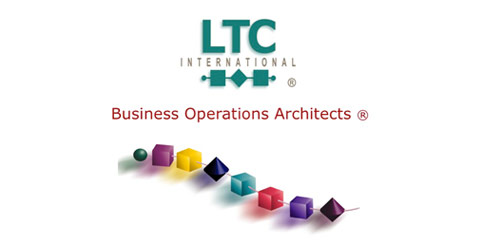|
|

Complex Billing and Charging
Current charging models may not be flexible enough to drive down the cost for cloud services sufficiently. A quasi-prepaid model whereby a customer subscribes to a set amount of access to a platform seems to be geared more toward a standard outsourcing agreement than driving utilization. In addition, complex services, like bandwidth on demand, require complex service level agreements and a complex charging/rating capability. Instead, look for service providers to adopt more real-time measurement, tracking, and policies for resources consumed to support their business—on usage—as they would for interactive communications services.
And what “new things” will need to be developed to operationalize the cloud?
|
|
Maybe we should change the name, cloud, to something more descriptive. |
|


model whereby the cloud provider is
not in the traditional business of
anticipating customer service needs,
and creating bespoke process flows for
each cloud service, one on top of
another on top of another. This
approach would provide for a flexible
allocation of resources (as in fulfillment
and order processing), and expose
wholesale components (for the cloud
provider as well as third parties) to
retailers most likely through service
catalogs and a provisioning controller
functional layer. This will then provide
the flexibility to support the complex
interactions between the numerous
players seeking to efficiently and
effectively add value through readily-adopted cloud-based offerings.
|
|
|
|
|

We know we will need greater flexibility. A similar foray a decade ago into on-demand software as Application Service Providers (or ASP) did not take off initially because of the rigidity of the environment. We cannot afford this lack of flexibility in a cloud services environment.
For the cloud, we believe a “Service
Factory” approach to creating, fulfilling
and delivering new services must be
fool proof and efficient to ensure the
service delivers and drives mass
adoption that will make it profitable. A
service factory approach exposes
assets and service components to the
supply chain and promotes
collaboration. This enables not only
third party sales, but a wholesale-retail
|
|

Behind the so-called hype, cloud services combine traditional hosted services with easy access and connectivity that, in turn, presents IT consumers with a different set of options to meet their business objectives. Giving cloud customers the insight they need to make that decision requires chiseling away some of the haze on availability, security, and billing. What else do we need to invent to support the mass adoption of cloud services? Maybe we should change the name, cloud, to something more descriptive and less passive-sounding, or maybe ask our friends at Microsoft to give us some really sharp looking Clip Art for our clouds to use in our sales presentations.
|
|
|






